Digital guide
You are here:
- Home
- Other brands
- Kongsberg RCU502
Detailed content
- Communication Interfaces:
- 5 x RS232/422/485 (115 kbps / 3 Mbps / 3 Mbps)
- 2 x RS232/422/485 (Iso) (115 / 230 / 230 kbps)
- 2 x Ethernet (10/100 Mbps)
- 2 x CAN Bus (1 Mbps)
- 2 x Profibus (12 Mbps)
- Power: 24 VDC ± 20%, maximum power consumption 20 W + loop power
- Dimensions: Height 355 mm, Width 158 mm, Depth 87 mm, Weight 1.35 kg (may vary slightly based on model)
- Environmental Specifications:
- Operating temperature: 0°C to 70°C
- Storage temperature: -25°C to 70°C
- Operating humidity: up to 98% RH, non-condensing
- Storage humidity: up to 98% RH, non-condensing
- Protection Standard: IP20
- EMC Compliance: According to EN 61000-6-2, EN 61000-6-4, and EN 60945
Functional Characteristics
- Designed for monitoring and control of digital signals in industrial automation and control systems
- High system capability and stable performance, suitable for harsh environments
- Compliant with international standards such as IEC 61131-2, IEC 60945, and IACS E10
- Type-approved by Det norske Veritas (DnV) and The American Bureau of Shipping (ABS)
Application Scenarios
- Manufacturing: Monitoring and controlling various digital devices and sensors on production lines
- Energy Industry: Monitoring and controlling digital devices in power generation, oil and gas production, water treatment, and nuclear energy
- Transportation: Monitoring and controlling traffic signals, navigation lights, and other digital devices in traffic signal systems, railways, ports, and airports
- Water Treatment and Environmental Protection: Monitoring water quality, flow rate, and water pressure in water treatment plants and wastewater treatment facilities
- Building Automation: Controlling digital devices such as lighting, HVAC, safety systems, and monitoring systems
- Pharmaceutical and Life Sciences: Monitoring and controlling laboratory equipment, production equipment, and experimental parameters
- Food and Beverage Processing: Monitoring and controlling digital devices to ensure product quality and compliance
- Maritime: Control of ship rudders, thrusters, and dynamic positioning systems for accurate maneuvering and power control

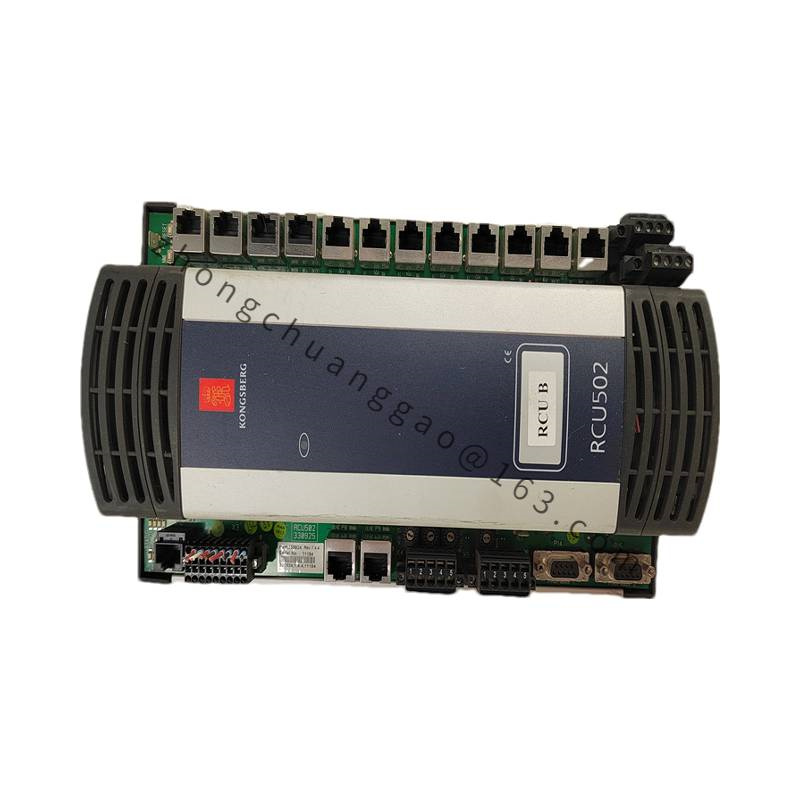
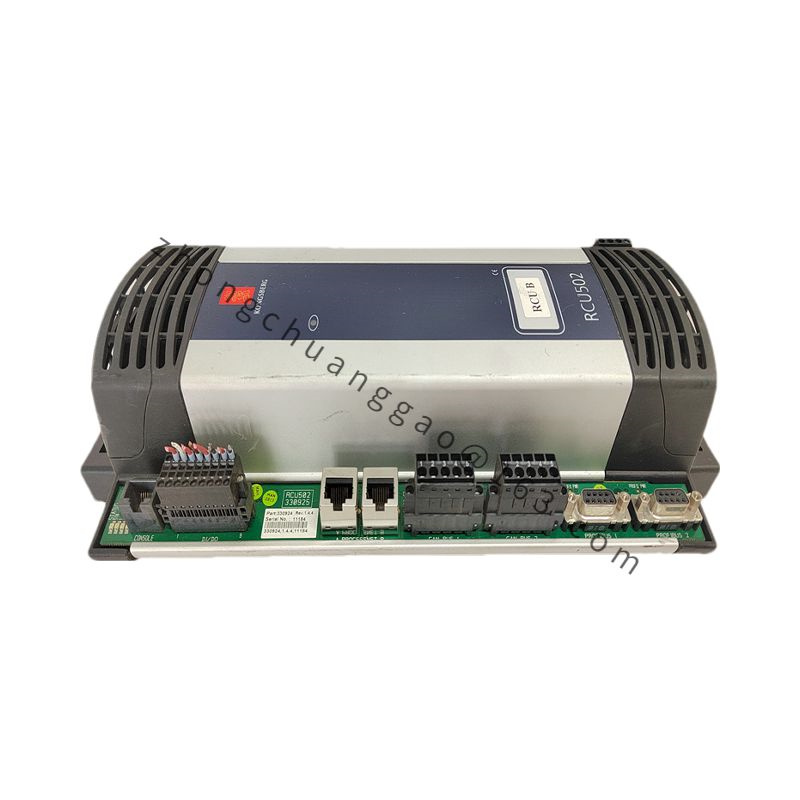

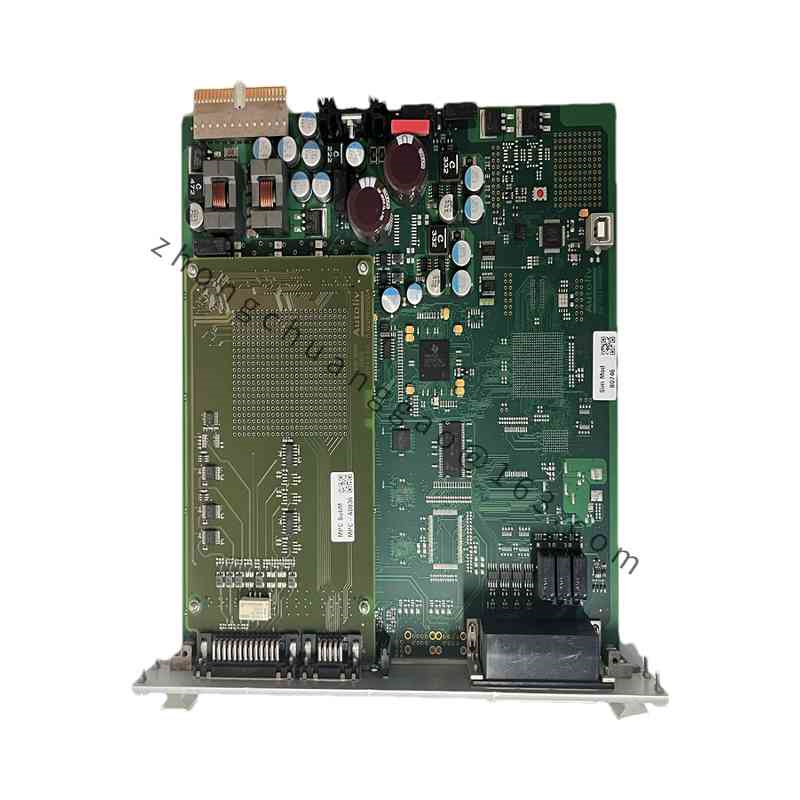

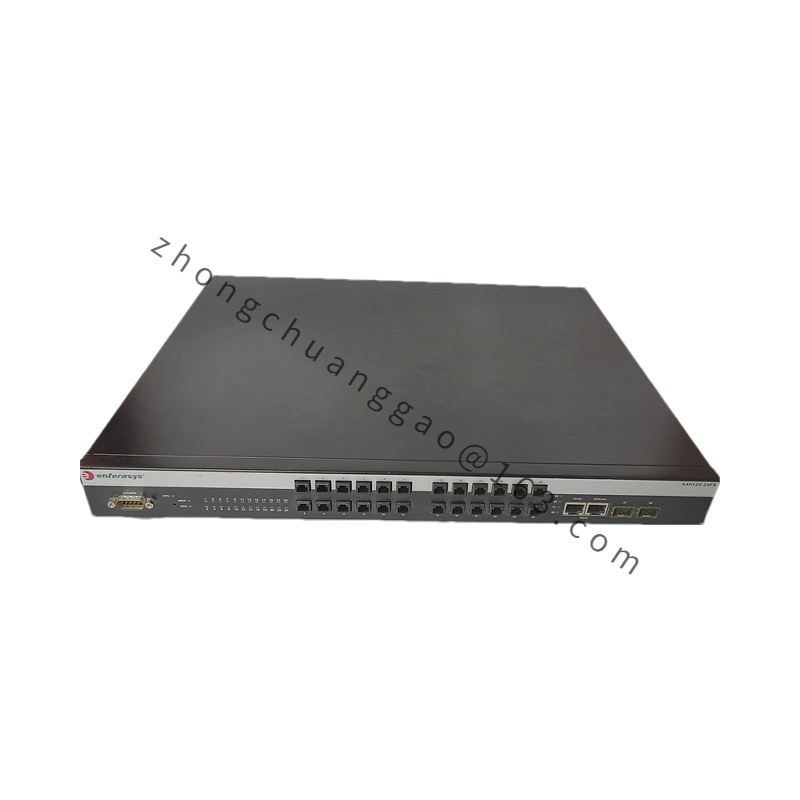
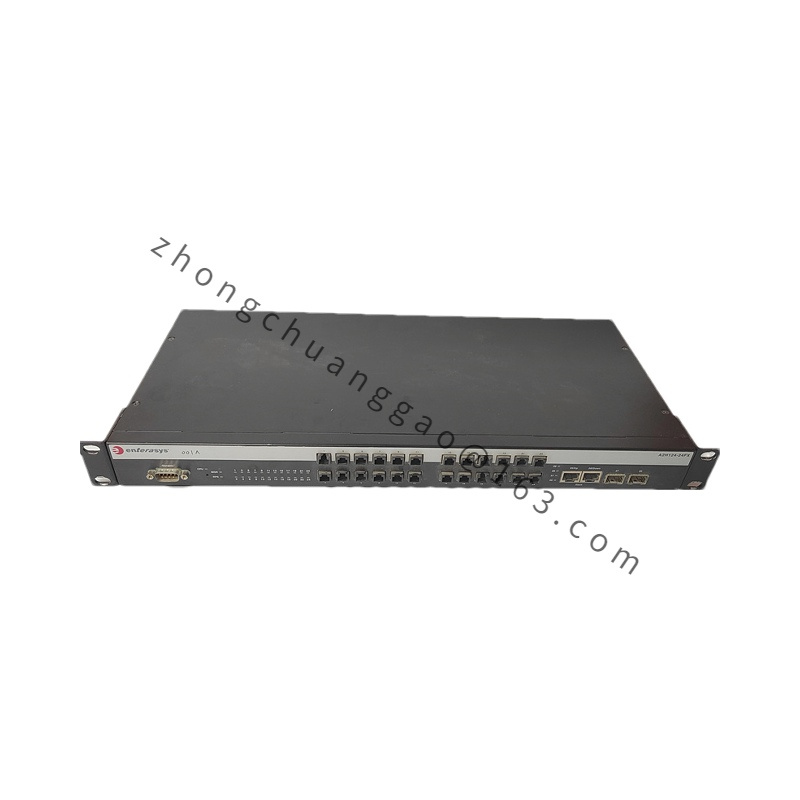
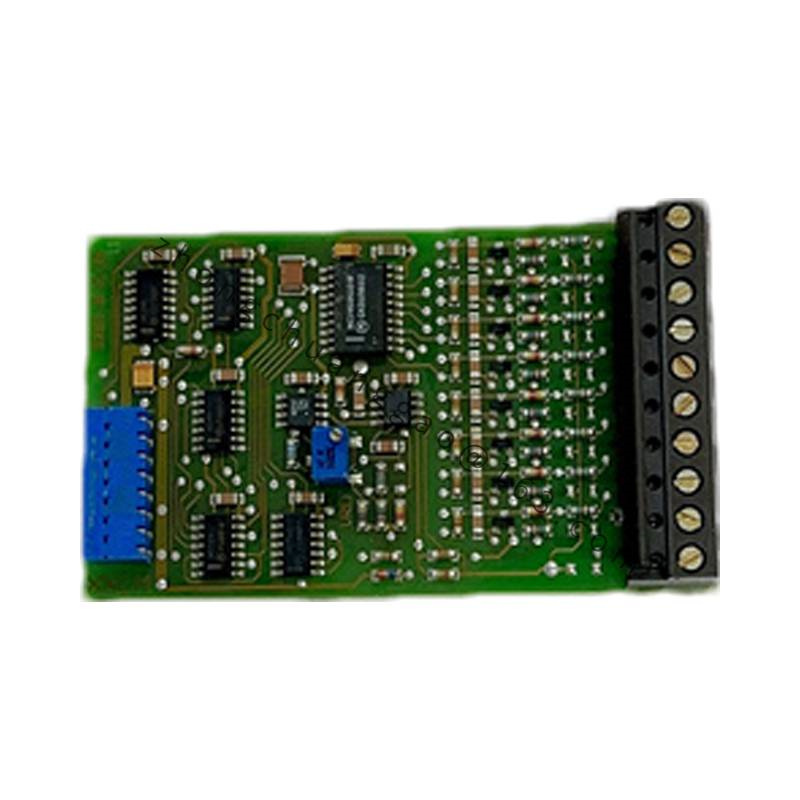

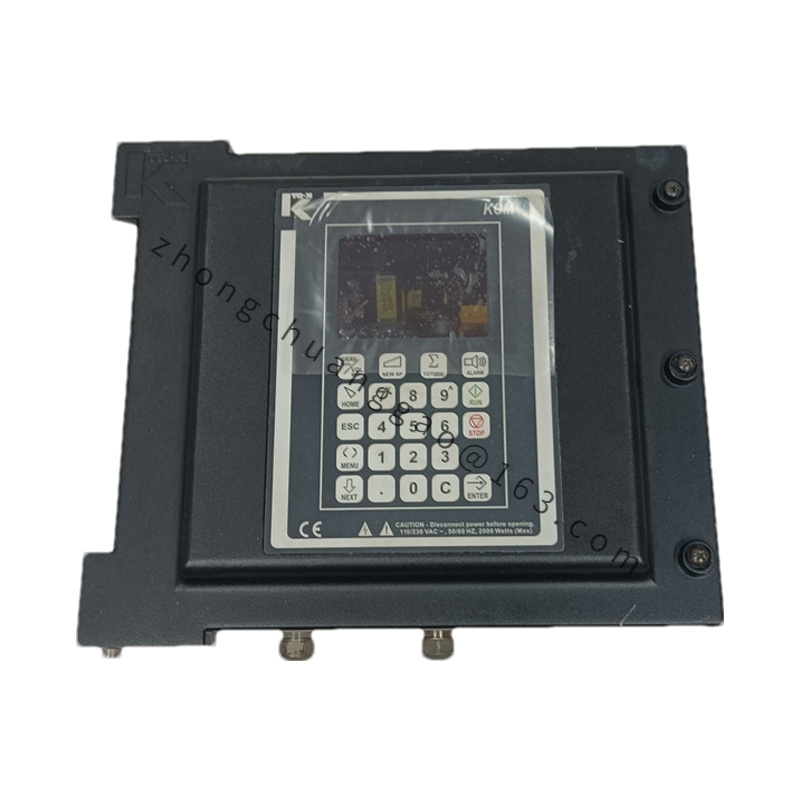

.jpg)
.jpg)
-1.jpg)
